-
PRODUCTSreturn
-
SERVICES AND PARTS
-
ABOUT US
Capacity restriction on a runway track: 7 solutions!
November 27, 2024
Capacity restriction on a runway track: 7 solutions!
9:41
When adding an overhead crane to a track, there are often rules to follow. For example, a certain distance must be maintained between two overhead cranes to avoid putting too much weight in one place. This distance is determined by an expert, such as a structural engineer or contractor. Systems must then be put in place to maintain this safe distance.
But respecting this space can be complicated. Having been in the industry for many years, I’ve often seen customers disappointed to learn that they can’t move their two cranes closer together for important operations. So, how can we be more flexible while ensuring safety? We’ve already talked about the subject of adding an overhead crane in our article “Adding an overhead crane to a runway track: the 3 essential checks” and we’ve worked on many projects involving structural capacity restrictions. In fact, around 30% to 40% of installations involving several overhead cranes have capacity restrictions on the structure.
In this article, we reveal 7 practical solutions for overcoming capacity restrictions on a crane runway. If you want to increase productivity without risking overloading your structure, or if you need more flexibility for complex lifts, these solutions can help. By applying them, you can make your operations more efficient while ensuring the safety of your facilities.
But let’s start with the basics when it comes to capacity restrictions: display.
The basis when there is a capacity restriction on a runway track: the display
To begin with, it’s always a good idea to install warning notices on overhead cranes to remind people of the distance they must keep. A large sign can be affixed directly to overhead cranes so that operators, foremen and management can see it at all times (see example below).
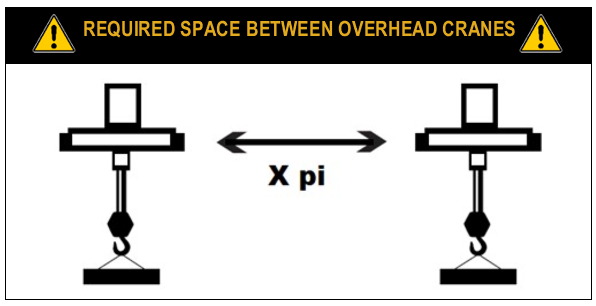
But a simple sign is often not enough to ensure safety. Here are some possible solutions.
7 solutions for capacity restriction on a runway track
Even if your structure has limitations, there are solutions to improve your productivity. The important thing is to find the one that best suits your operations.
Let’s take a look at each available solution. Incidentally, each of these solutions is compatible with all overhead crane brands.
1. Electrical spacing: ensuring distance at low cost with optional flexibility
A low-cost solution is to use laser sensors to prevent overhead cranes from getting too close together. If necessary, an operator can temporarily deactivate this system to bring the overhead cranes closer together during certain operations.
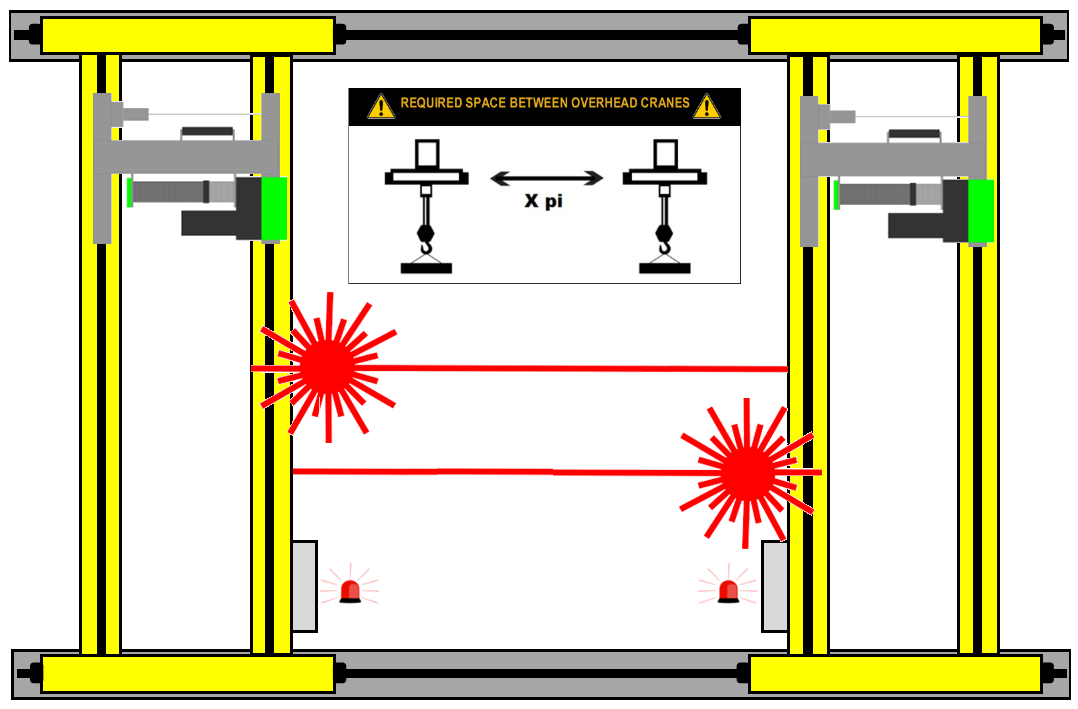
Do solutions to structural restrictions release operators from their responsibilities?
The systems presented in this article are designed to assist the operator and provide additional protection. However, they do not release the operator from his or her safety obligations. An operator should always knows the weight lifted by the equipment he or she is controlling (see Article 248 RSST).
Other tools can be added to the solutions proposed here to increase the level of security. For example, there are load displays that can indicate the weight lifted by the equipment in real time.
2. Mechanical spacing: maximum safety at low cost
Another solution is to add a mechanical part to block the overhead cranes at a certain distance. This is an economical solution when the required spacing is small. However, this option doesn’t allow you to adjust the distance when you need to. But it can be chosen if there is a risk of the structure collapsing if overloaded.
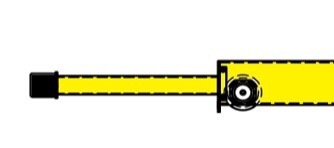
3. Localized limitation: when a restriction affects only one area
If the capacity limit only concerns part of the track, sensors can be installed to ensure that overhead cranes do not end up together in this zone. A bypass system can be activated by the operator if necessary. It is a low-cost solution.

4. Manual load management: for greater flexibility
This system is a more complex solution for situations where the sum of the capacities of the two overhead cranes exceeds the capacity of the structure (e.g.: 1 x 10t overhead crane and 1 x 5t overhead crane on a 10t structure). This configuration may be necessary when one of the two overhead cranes occasionally needs to lift the maximum load.. Let’s illustrate with an example.
One structure can support a maximum capacity of 10t. It can therefore easily support the load of two 5t overhead cranes. But what happens if, occasionally, one of the two cranes has to be used to lift a 10t load?
In this case, it’s possible to install a 10t overhead crane alongside a 5t overhead crane. This will allow the 10t overhead crane to perform its occasional lifts at maximum capacity. However, how can we guarantee that the two overhead cranes will not exceed the maximum capacity of the structure in their daily use? That’s where manual load management comes in.
The solution is to install a partial load module on the 10t overhead crane, limiting its capacity to 5t. However, this module is linked to a captive key system compatible with both overhead cranes. For daily use, this key is installed on the 5t overhead crane. But when a 10t lift is required on the other crane, the key is removed from the 5t overhead crane and inserted into the 10t overhead crane lowered to 5t.
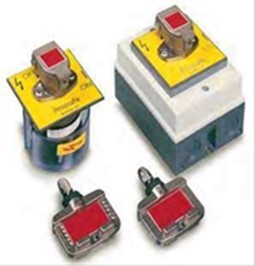
When this is done, the 5t overhead crane can no longer lift and lower, while the 5t-limited overhead crane is brought back to its maximum 10t capacity. This ensures that the 5t overhead crane cannot be used while the 10t overhead crane is lifts a load at full capacity.
Obviously, this solution is more expensive, but it serves a specific need.
5. Predetermined distance shared load management: a flexible, automated solution
This solution uses intelligent systems to continuously monitor the load lifted by the two overhead cranes. If the combined load exceeds the capacity of the structure, the overhead cranes stay apart. If not, they can move closer together. How does it work? Let’s take an example.
Two 10t overhead cranes are installed on a 10t structure. The required spacing between the two cranes is 20ft. If one of the two overhead cranes lifts 8t while the second lifts 4t, totalling 12t, the electrical system that prevents the two cranes from coming closer than 20ft is activated. However, if the first overhead crane lifts 6t and the second lifts 4t, the electrical system that prevents the two cranes from approaching each other by more than 20ft is switched off.
Since the sum of the loads of the two overhead cranes is 10t, the two pieces of equipment can work as close together as desired.
This is a “pre-determined distance” load management system, where the required safety distance between the two overhead cranes is the same along the entire length of the runway track. But what if the required spacing varies from one part of the track to another?
6. Variable distance shared load management: when restrictions change depending on the location
Sometimes, the positioning of columns in a building can have an impact on the spacing required between two overhead cranes when there is a capacity restriction on the structure. Why? Because the columns that support the structure distribute the weight. The greater the distance between the columns, the greater the spacing between the overhead cranes. For example, a structure may be installed with columns every 20 ft. But in other cases, the distance between columns may vary: 20ft between some columns, but sometimes 30ft or 40ft between others. In such cases, it’s possible to opt for variable distance shared load management.
This solution is identical to the previous one, the only difference being that the safety distance between the overhead cranes will vary according to the location of the overhead cranes on the structure.
Example: let’s assume that at one end of the runway track, the distance between the columns supporting the runway is 20ft, but at the other end, the columns are 30ft apart. The distance to be maintained between the two overhead cranes will be greater at the end where the columns are 30ft apart than at the end where the columns are 20ft apart.
Since the last two solutions are more complex, they will also be more expensive to install.
7. Reinforcing the structure: to eliminate restriction
If none of the above solutions work, the structure itself can be reinforced to take more weight. An engineer will provide the necessary modifications. However, since this work affects the structure of the building, it must be carried out by a company that holds an RBQ license and whose workers are also certified by the CCQ. A company like Premium Industrial Structures can carry out such work.
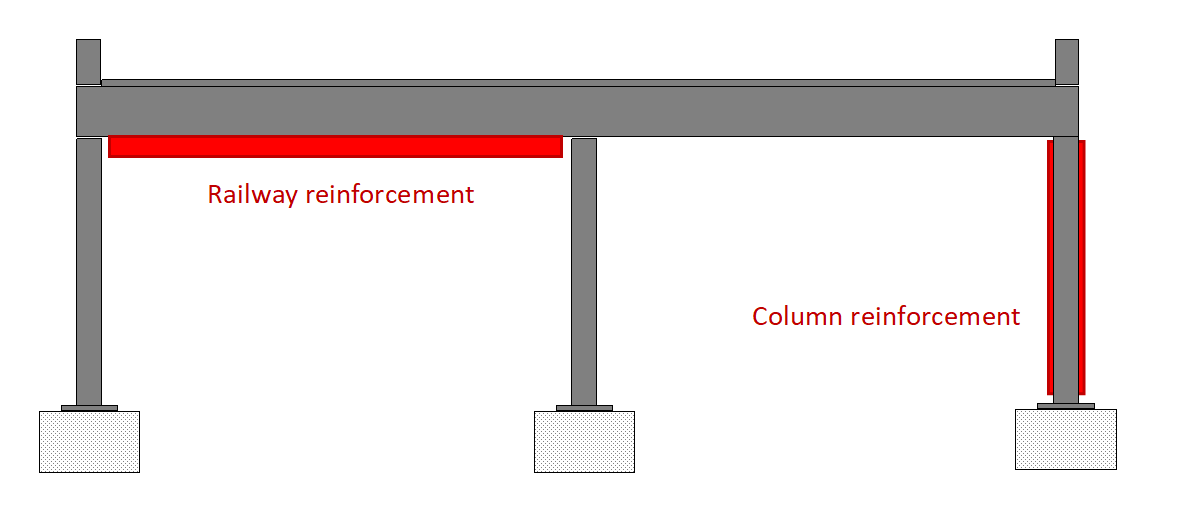
Summary of the 7 solutions

“I have a capacity restriction on my structure: which solution should I choose?”
When there’s a capacity limit on the crane runway, you need to choose the right system for your operations. For example, perhaps you rarely need the two overhead cranes to work close together. Or maybe the space between them isn’t a problem. In such cases, a simple, low-cost solution such as an electrical system with lasers may suffice. But if respecting this spacing complicates your work and slows down your production, you’ll have to opt for a more advanced solution that provides greater flexibility for your operations. The option of shared load management will then be more suitable. A lifting consultant can help you choose the right solution, or perhaps even create a customized one.
If you have a project in mind that involves a capacity restriction on your structure, you might want to start by determining your basic needs by consulting our article “I need an overhead crane!” What information do I need so pass on to my supplier? You can also contact us directly by filling in the form at the bottom of the page.
Learning Center
Whether you're an expert or know nothing about cranes, you'll find everything you need to know HERE.






